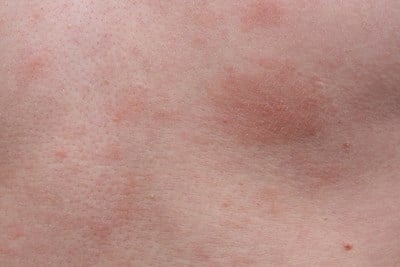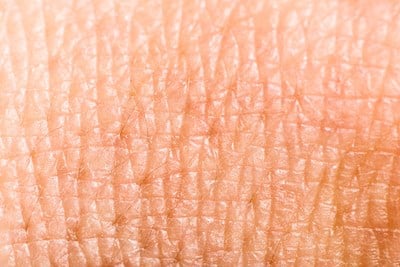Scalp dermatitis (or seborrheic dermatitis) occurs most commonly on the scalp, although it may form on other oily spots on the body—the nose, ears, upper back, chest, armpits, and scrotum are other potential places. Although the exact cause hasn’t been determined, several factors likely play a role. According to the Mayo Clinic, these include:
- An overgrowth of microscopic fungi in the yeast family called “malassezia” that live in oil secretions on the skin
- A psoriasis-related inflammatory response
- Environmental conditions
Certain medications, skin wounds, and underlying conditions may increase the chances of developing seborrheic dermatitis. Immune dysfunction, neurological issues, psychological issues, heart failure, and endocrine system issues are all risk factors.
Seborrheic dermatitis presents as a red discoloration of the skin with itching or stinging and potential swelling. The area may become greasier than normal, and white or yellowish dandruff-like flakes may appear. Infantile seborrheic dermatitis, or cradle cap, is very common in newborns. While this condition can be chronic (or at least long-lasting), it usually clears up on its own in a few months for infants.
Treatment generally includes steroid creams or shampoos, antifungal shampoos, and oral steroids or antifungals. Antibiotics may be necessary if additional infection sets in. Light therapy is often an effective additional treatment. If you suspect you have scalp dermatitis, make an appointment with your doctor right away.
Have more questions? See more answers from Alot.



